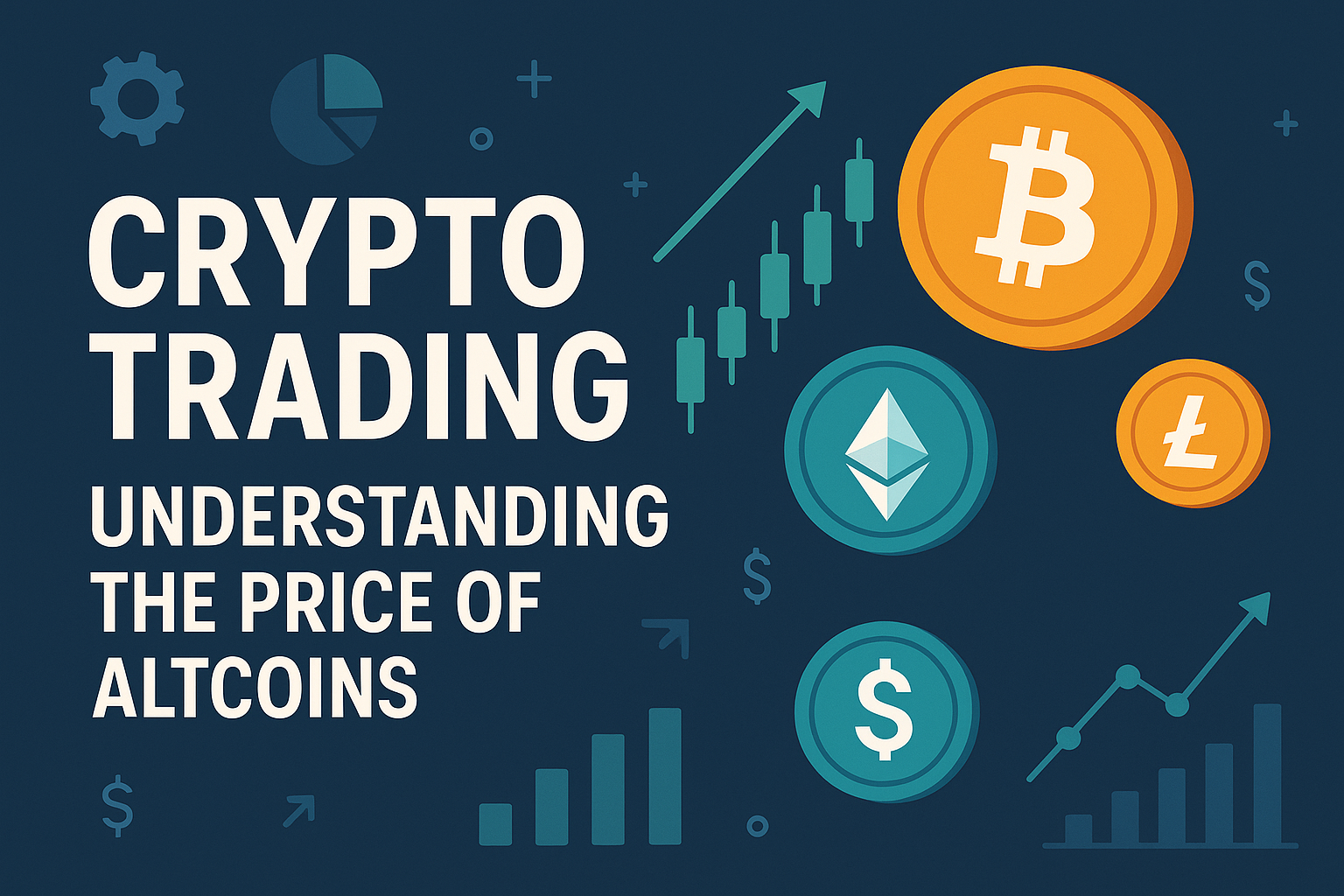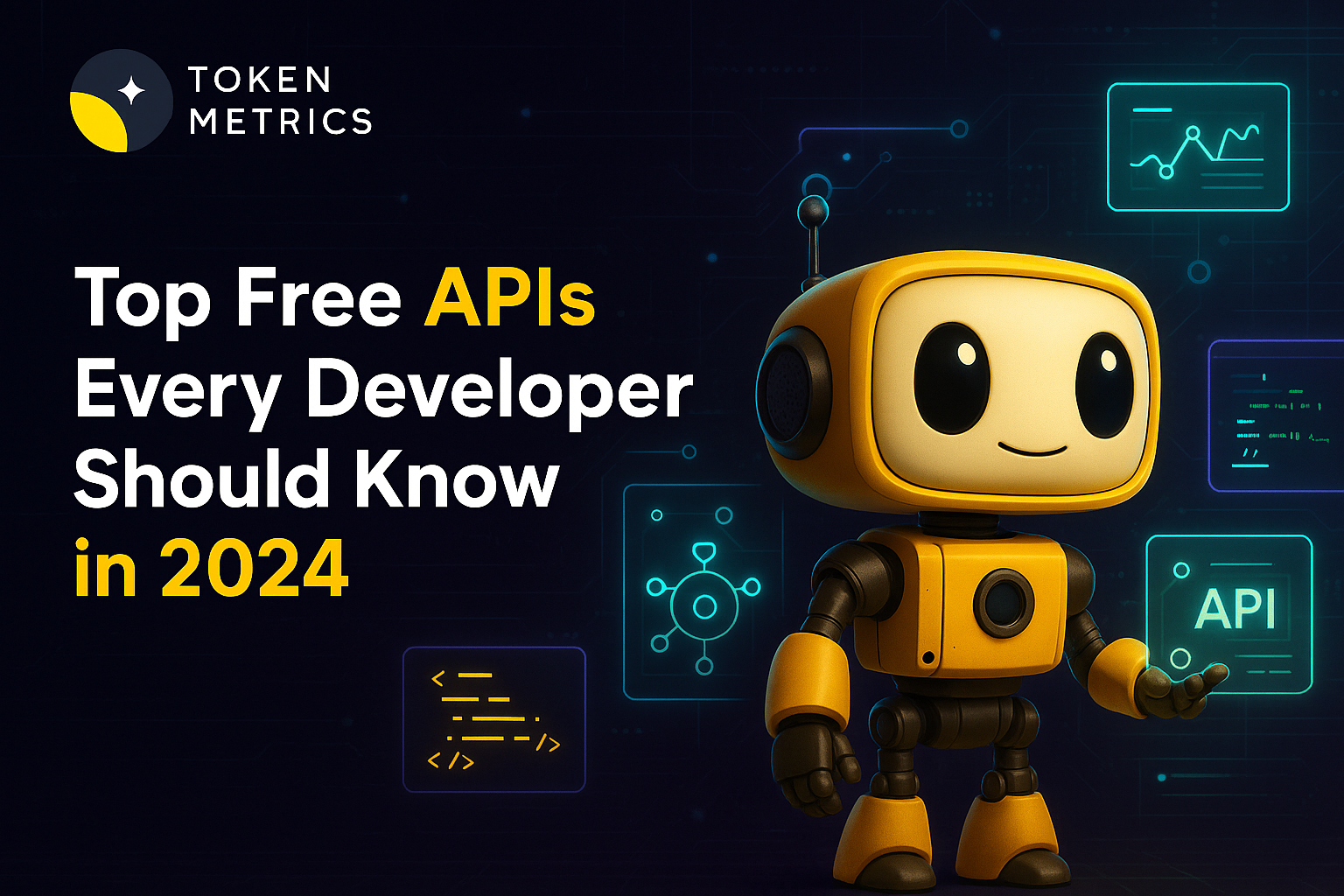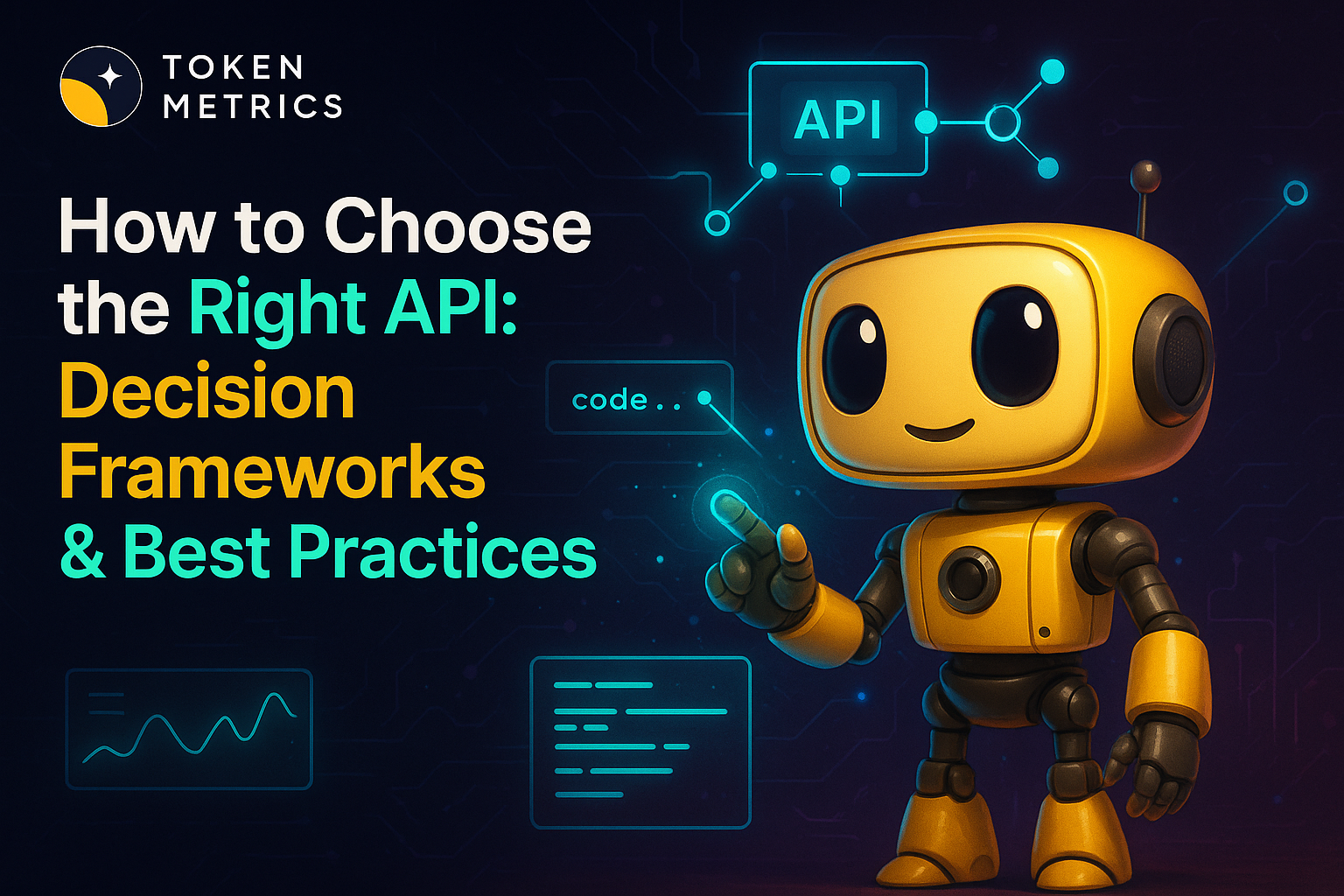
Crypto Trading: Understanding the Price of Altcoins

In the dynamic world of crypto trading, understanding the price of altcoins is crucial for anyone looking to trade cryptocurrency effectively. Altcoins, or alternative cryptocurrencies to Bitcoin, play a significant role in the cryptocurrency market, offering diverse opportunities for traders and investors. Cryptocurrency is a digital or virtual currency that operates on distributed ledger technology called a blockchain and uses cryptography for security. This article will explore the factors influencing altcoin prices, how traders can predict price movements, and the strategies to trade crypto assets successfully on various crypto platforms.

Factors Influencing the Price of Altcoins
The price of altcoins is influenced by multiple factors that interact within the broader cryptocurrency market. Unlike traditional currencies issued by a central bank, altcoins operate on decentralized blockchain technology, which adds a unique layer of complexity to their value changes. One of the primary drivers of altcoin prices is market trends, which reflect the overall sentiment and behavior of traders in the crypto market.
Cryptocurrency trading is notoriously volatile, meaning price trends can shift rapidly due to news, regulatory changes, technological developments, or shifts in market conditions. For example, the launch of new features on a blockchain network or advancements in cryptocurrency mining can create opportunities arise for altcoins to gain value. Additionally, the liquidity of an altcoin on cryptocurrency exchanges affects its price; altcoins with high liquidity tend to have more stable price movements compared to those with low liquidity.

Another critical factor is the comparison to traditional markets and fiat currency values such as the US dollar. Since altcoins are often traded against fiat currencies or major cryptocurrencies like bitcoin and bitcoin cash, fluctuations in these values can directly impact altcoin prices. Traders also need to consider the impact of supply and demand dynamics within the crypto exchange platforms where these digital assets are bought and sold.
Predicting Price Movements in Altcoin Trading
To trade crypto effectively, it is essential to predict price movements accurately. Day traders and other market participants use various methods to recognize patterns and forecast price trends. Technical analysis is one of the most widely used tools, involving the study of historical price data, chart patterns, and indicators to identify optimal entry and exit points in the market.

By analyzing price trends and market conditions, traders can place limit orders on a crypto exchange to buy or sell altcoins at desired prices, helping manage risk and maximize profits. Effective risk management strategies are necessary to mitigate potential losses in trading. A good understanding of how value changes in digital currency markets occur can help traders develop strategies that align with their risk tolerance and investment goals.
Unlike traditional currencies, the crypto market operates 24/7, providing continuous opportunities for trading. This round-the-clock nature, combined with the high volatility of altcoins, means that traders must stay vigilant and informed to capitalize on favorable price movements.
Strategies for Trading Altcoins on Crypto Platforms
Successfully trading altcoins requires a combination of knowledge, strategy, and the right tools. First and foremost, traders need to select a reliable crypto platform or cryptocurrency exchange that offers low fees, high liquidity, and robust security measures to protect their crypto account and digital assets. Trusted platforms like Gemini, Binance, and Coinbase adhere to local and international laws, providing secure and legal trading environments.

Day trading is a popular approach in the crypto market, where traders buy and sell altcoins within short time frames to capitalize on price volatility. Day trading is the business of trading assets within the same day to gain small profits from temporary price fluctuations. This strategy demands a high risk tolerance and the ability to quickly analyze market trends and execute trades efficiently.
For those new to cryptocurrency trading, it is advisable to dive deeper into understanding the fundamentals of blockchain technology and how different altcoins function within their respective blockchain networks. Successful traders often invest in their education and practice to refine their strategies and skills. This knowledge can provide insights into the potential long-term value of various crypto assets.
Moreover, traders should diversify their portfolios by including multiple altcoins alongside well-established cryptocurrencies like bitcoin. This diversification helps mitigate risk and take advantage of different market opportunities.
Conclusion
The price of altcoins in the cryptocurrency market is influenced by a complex interplay of factors ranging from market trends and liquidity to technological developments and regulatory environments. To trade crypto successfully, it is essential to develop a good understanding of these elements, utilize technical analysis to predict price movements, and adopt strategies that suit individual risk tolerance and market conditions.
Whether you are looking to buy cryptocurrencies for the first time or are an experienced trader aiming to optimize your crypto journey, staying informed and choosing the right crypto platform can significantly enhance your ability to earn rewards and profits in this notoriously volatile market. By recognizing patterns, managing risk, and leveraging the unique features of digital currencies, traders can navigate the exciting world of altcoin trading with confidence and success.

.svg)

Create Your Free Token Metrics Account

.png)




%201.svg)
%201.svg)


%201.svg)









.svg)




.png)